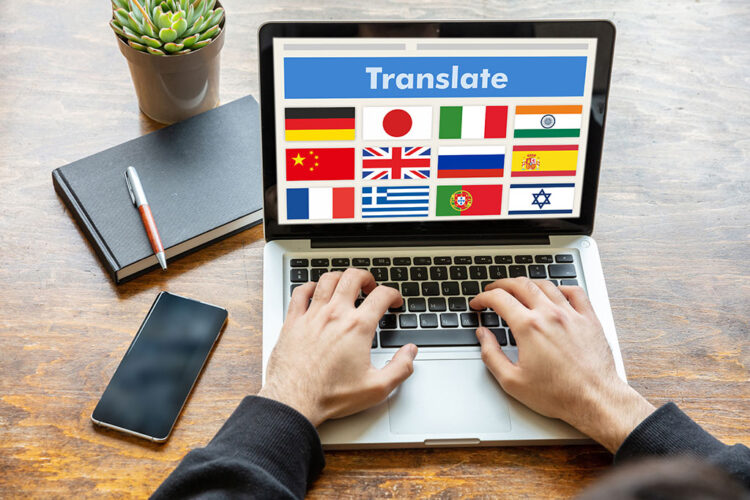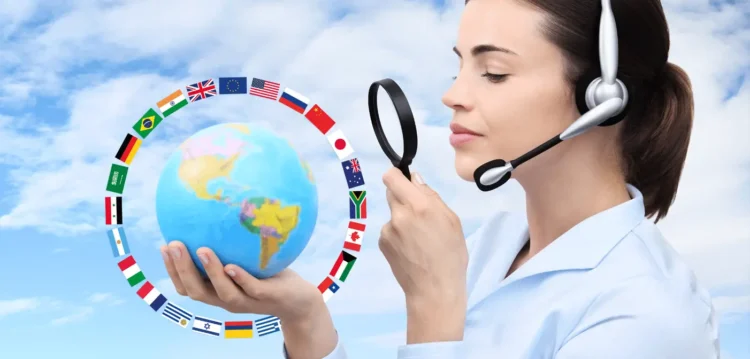In a world of rapidly growing globalization, businesses of all sizes and industries need to consider how they can reach new global audiences. Translating your content into multiple languages is one of the most effective ways to do this.
The Benefits Of Translating Your Content

No matter where you are in the world, your customers are likely speaking a different language. That’s why it’s so important to make sure your content is translated correctly and consistently across all markets. By using professional translation services, you can ensure that your translations are accurate and reliable. Additionally, by following established guidelines for translating technical or industry specific terms, you can ensure that your translations are both culturally appropriate and locally relevant. Additionally, ensuring consistency across all translated materials will help to improve the overall readability of your content.
Tools like automation can also be used to increase efficiency and accuracy while reducing costs associated with having native speakers manually translate content. By automating certain tasks, you can free up valuable resources so that you can focus on creating better translations overall. In addition, by speaking another language fluently yourself, you’re able to create a more personalized experience for customers in other markets. This means they’ll feel like they’re talking directly with you – not a translator – which will result in increased engagement and conversion rates for your business.
Finding Reliable Translation Services

When it comes to translating documents, it’s important to find a provider that is reliable and understands your target market. By doing your research, you can find providers that specialize in a specific language or area. Additionally, make sure to read reviews and compare different services before making a decision.
When working with a translator, it’s important to ensure that they are familiar with the feeling and tone of the text you are translating. This means ensuring they understand cultural nuances and idioms that may be unique to your target market.
It’s also important to consider certification processes when translating complex legal documents. By having professionals who have undergone these rigorous training programs, you can be confident that their work is of the highest quality. Additionally, you should assess their data security protocols in order for them to protect sensitive material during transmission. And finally, make sure to communicate with your translation service regularly so that both parties are on track – no matter how challenging the project may become!
Optimizing Your Pages For Local Markets

The world is becoming increasingly global, with people and businesses moving around the globe in search of the best opportunities. While this has benefits for businesses in terms of increased reach and competition, it can also be challenging to create content that appeals to local readers. This is where optimization comes in – it’s essential to make sure your pages are designed specifically for each region you’re targeting.
– To begin with, identify target markets and local trends. By understanding who your audience is and what they’re interested in, you can craft content that will resonate with them. For example, if you’re targeting a Spanish-speaking market, understand the regional dialects and customs (such as dietary restrictions) before writing about them.
– Next, crafting content that appeals to local readers requires careful thought. For example, if you’re writing about fashion in Bangkok, Thailand, avoid topics that are irrelevant to the culture (such as weather reports). Instead, focus on topics that are specific to the target market – such as fashion advice for women or tips for shopping in Bangkok’s popular malls.
– To optimize your pages for different languages, visual elements such as images or videos must be adapted accordingly. For example, if you’re publishing an article in English about Paris fashion week but your page is designed for Spanish-speaking users, include Spanish translations of all images and videos so that readers can follow along easily.
– Finally, research the competition to ensure that you stand out from the pack. Use user data collected during testing periods to identify which sections of your page are performing well (and which aren’t) based on user preferences. Then adjust your marketing strategy accordingly – focus more resources on those areas where people are spending time reading or clicking through your content!
Using Automated Translating Tools Wisely

There’s nothing like a good story, and that’s why we’re excited about the potential of automated translating tools. These tools allow you to quickly and easily translate text from one language to another. This is great for both online and offline translations, allowing you to reach diverse markets with your content. However, there are several key factors that you need to consider when using these tools.
– First, it’s important to understand the difference between automated translating tools and human translation. First ones are designed to be fast and easy, while human translation is designed for accuracy and reliability. While both have their advantages and disadvantages, working with a professional service will give you the best results overall.
– Strategies for using automated translation services can vary depending on your needs and target market. For example, if your goal is to reach a wide audience with your content, then using multiple languages on your website may be the best strategy. This will help you target specific audiences in multiple languages without having to worry about accuracy or reliability concerns.
– However, there are also cases where accuracy isn’t as important as reaching a large audience quickly. In these cases, using machine translations instead of human ones can be effective. However, be sure to weigh the benefits and drawbacks of this approach before making a decision.
To Sum Things Up
In conclusion, translating content for multiple markets is a great way to expand your business’s reach and engage with new global audiences. By understanding the culture and preferences of your target market, you can maximize the reach of your content while ensuring accuracy and consistency. Additionally, automation tools can be used to save time and money while still maintaining quality standards. With these tips in mind, businesses of all sizes should be able to successfully translate their content into multiple languages and reach their desired global audiences.

